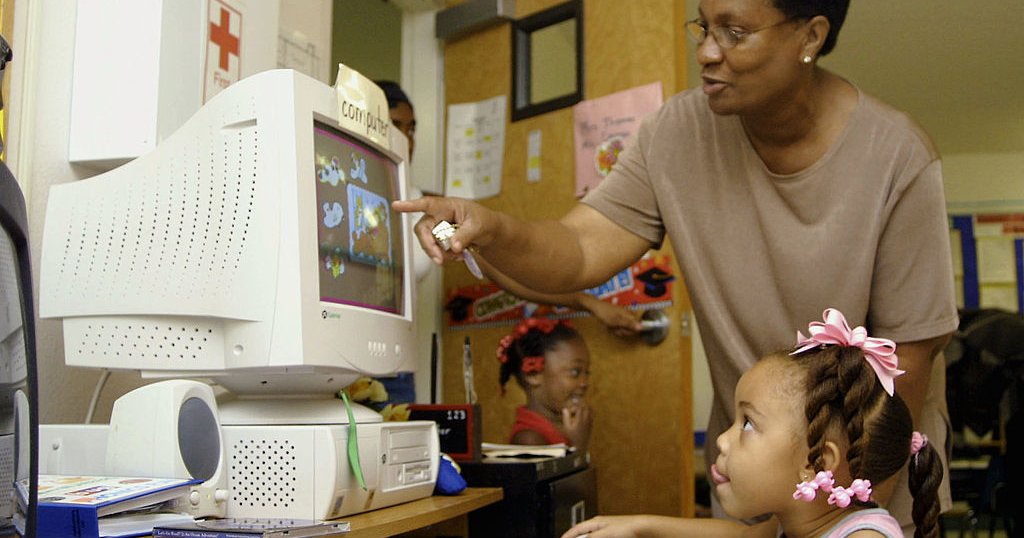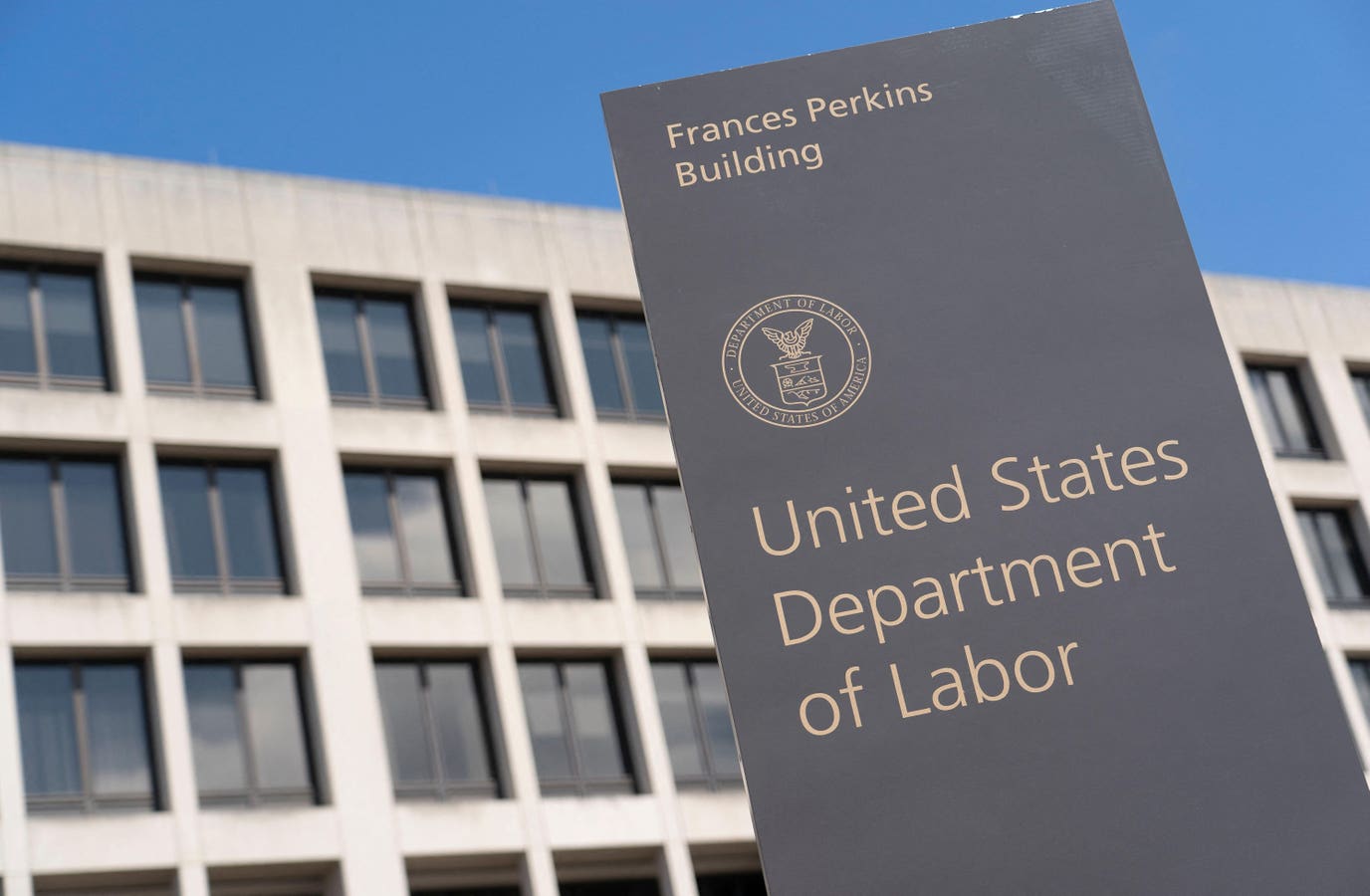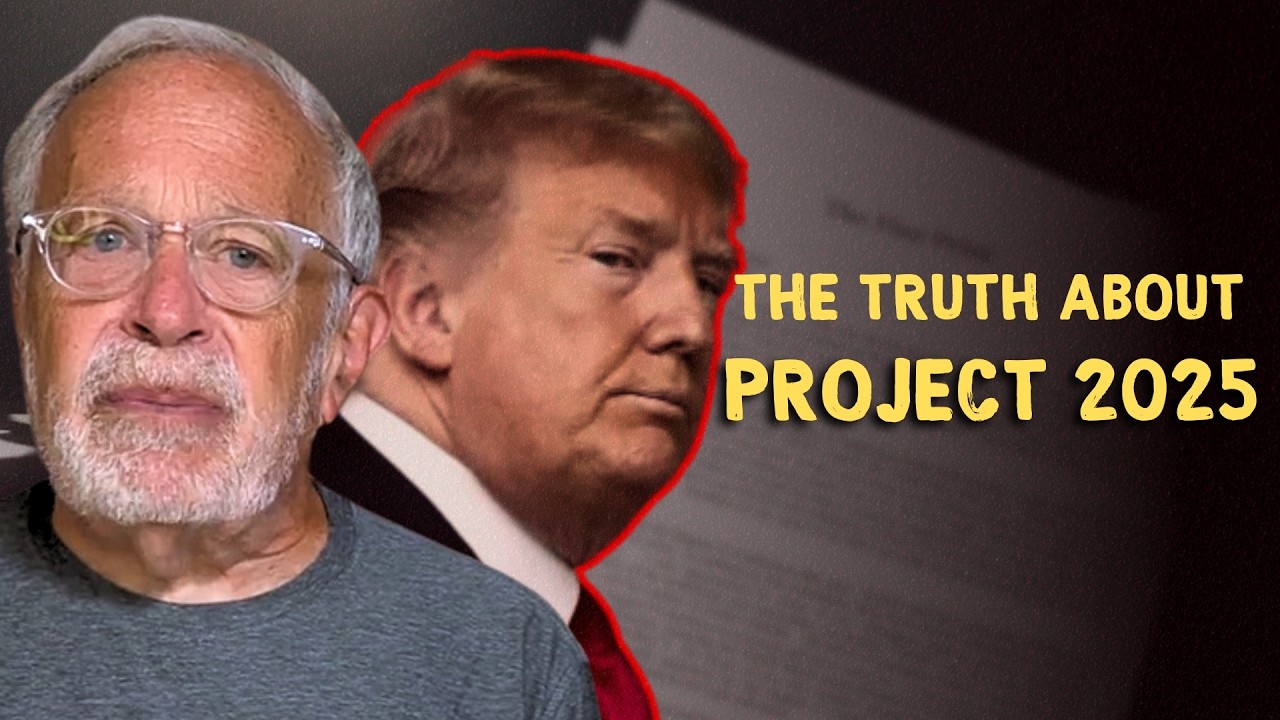Originally by at www.newamerica.org
When President Trump was elected, early education advocates and families with Head Start-enrolled children feared what it might mean due to the proposed elimination of the program in Project 2025. In many cases, Head Start funds flow directly from the federal government to providers. It could be assumed that cities and counties with dedicated local funding for their early childhood programs are more insulated from Head Start cuts. For a city that has universal pre-K for example, why worry?
However, local funding is not always sufficient to meet demand, and bringing multiple funding sources together helps create stronger programs that serve more children with less complexity. Many local early childhood programs blend and braid funds from local, state, and federal sources, including Head Start. Federal funding cuts can have a ripple effect leading to loss of state-level program efficiency that impacts even well-funded local programs, like:
- Requiring local agencies to change their funding approach, which is onerous, politically fraught, and could impact other services
- Reducing the overall supply of early childhood education capacity, reversing progress in places that have doubled down on expansion
- Creating friction for families and providers that could lead to lower participation across both groups
Cutting Head Start runs counter to ongoing efforts to create more cohesive, seamless early learning systems for children and families. As one member of the ECE Implementation Working Group reflected, “We’ve worked really hard as early childhood folks to braid funding that’s come in. When Head Start leaves, that impacts our child care programs… if we suddenly pull that piece of the Jenga puzzle out, there’s a lot of unintended consequences.”
Where Head Start Stands on its 60th Birthday
Head Start just celebrated its 60th year of operation, and since its founding in 1965 has provided a lifeline for nearly 40 million children and their families, with nearly 800,000 children enrolled in Head Start and Early Head Start today. In many ways, the program was ahead of its time, offering not just educational services to children in poverty, but a comprehensive suite of services meant to support their medical, nutritional, emotional, and social needs as well. For a federal program, Head Start is philosophically rooted in families and communities; the program grants federal funds directly to community-based programs and requires a two-generation approach, ensuring both the child and their caregivers benefit. There are Head Start programs in every kind of community—urban, rural, suburban, on tribal lands—and in some rural communities, Head Start provides one of the only structured child care options.
Head Start has been rigorously evaluated throughout its 60-year duration, with positive findings in cognitive and social-emotional skill development, academic outcomes in K-12 education, and long-term economic self-sufficiency for Head Start graduates. The program is far from perfect: it has never been funded to reach all low-income children, with just one in three eligible children enrolled, and there have been concerns about the fade-out of its impact on children as they get older. Still, its impact to date has been unmatched; it represents a tremendous investment in communities and it serves as the nation’s only federally-funded early childhood education program.
Project 2025, the conservative policy plan, called for the elimination of Head Start, alleging scandals and financial abuse within the program and “little or no long-term academic value.” Many on the left hoped that this would not be one of the Trump Administration’s early priorities—if for no other reason than because the program has long enjoyed bipartisan support, in part because of Head Start’s presence in nearly every rural Congressional district.
However, since January, the program has been dealt severe blows:
Early childhood leaders, providers, and families feared the worst. However, when the administration released its budget proposal officially on May 2, it appeared they were backing away from the proposed elimination of Head Start. This is likely due to the national outcry about the potential ramifications of defunding Head Start. Since the release of Project 2025, and especially since news broke of the proposed defunding, there have been numerous articles unpacking what the destruction of Head Start would mean at a national level, to specific student populations, like children with disabilities, and even to people who do not have children or participate in Head Start at all.
Whether it was public backlash or cooler heads prevailing internally, it appears that Head Start funding may be safe for the time being. Given the unpredictable nature of the administration and the documented animosity towards Head Start from influential voices in the administration, it may not be the last time this program comes under threat. Even if funding remains stable, there are still impacts of regional office closures to consider. As such, local early care and education program leaders need to continually assess potential impacts of both scenarios.
What Cutting Head Start Could Mean for Funding and Capacity in Local Early Childhood Education Initiatives
Despite strong demand and growing popularity of public early care and education programs, there is not a unified source of federal funds to support early learning in the United States. This leaves state and local leaders who want to launch or expand early learning programs to cobble funding from a variety of sources.
Head Start dollars add to the capacity of local early childhood programs in two critical ways: first, organizations that receive Head Start grants may participate in a mixed-delivery pre-K program, where publicly funded early childhood programs are provided in a variety of settings: public schools, private or nonprofit early learning centers, Head Start centers, and family child care centers. Head Start centers are an essential part of the model, giving families more options for care that meets their needs and supplementing the capacity of school districts to serve more families than they could do on their own. Second, in some places, the same city or county agency that administers the local early childhood program receives Head Start funding directly, which makes it more feasible to braid or blend the funding streams—and more challenging, potentially, to extricate them.
Examples of How Head Start Dollars Are Leveraged
- Chicago: When families apply for free preschool services through Chicago Early Learning’s centralized portal, they can select from public school or community based programs, including Head Start. There are six Head Start grantees in Chicago: five social service agencies that operate their own centers and the city itself, which receives a large Head Start grant and contracts with organizations to operate Head Start classrooms. For the parent of a four-year old in Chicago, one in every five options they see on the Chicago Early Learning map is a program that receives Head Start funding.
- Tulsa, Oklahoma: Tulsa is home to one of the longest-running and most rigorously-evaluated universal pre-K programs. The city offers publicly-funded pre-K services through Tulsa Public Schools and CAP of Tulsa County, a large Head Start grantee. More than 70 percent of Tulsa’s 4-year-olds attend pre-K, with about 2,000 of them in CAP classrooms. CAP has been highlighted as a national model based on its approach to data-driven coaching and continuous improvement, and the federal government previously highlighted its approach to partnership with school districts.
- Washington, DC: Head Start services are integrated directly into the city’s pre-K program at six elementary schools. The Head Start grant directly supports early education for 250 children– 5 percent of all preschool children in Washington, DC. However, all of the children in the 28 classrooms receive supplemental services associated with Head Start, meaning that approximately 500 children get the benefits of the program. Without Head Start, a half-dozen elementary schools, in the lowest-income wards of the city, would not have the funds to maintain the supplemental services they provide to 500 children and families.
- New York City: The city’s Department of Education, which operates the city’s universal pre-K program received nearly $80 million in Head Start funding in 2024 and a subset of preschool slots are in designated Head Start programs. Families apply for these programs the same way they apply for preschool at schools or other community partners. Head Start programs receive a mix of funding to support program operations, including federal Head Start dollars, state pre-K funds, and general revenue from the city. These blended funds create more robust budgets, allowing providers to offer more comprehensive year-round services and two-generation programming than a typical pre-K classroom.
Impacts to families
Families rely on Head Start not just for the early learning opportunities, but for wrap around services like transportation support, meals, and more. In the New Practice Lab’s research with families accessing early learning programs in Minnesota, we found that many families’ expectations were exceeded by the program:
“‘There is trust and camaraderie, to be able to know that my children are in safe hands, especially during times like this with COVID and the uncertainties of it.’ ‘So you feel like a friendship almost, a really a really good relationship with the teachers and the advocates.’ ‘I like having that communication with our teachers. They’re always in constant communication via text, whether they’re calling about them being heard at school, or whatever it is that they’re having fun about that day, they’re always calling and letting us know what’s going on.’ – Head Start Parent Focus Group (Metro Area)”
While Head Start does not appear to be eliminated in the recently released “skinny budget,” closures of Head Start offices and slow rolled disbursements to grantees continue to destabilize the program, and future “freezes” or interruptions to funding would be dire. Families would be deeply impacted by a loss of capacity in their city or county’s early childhood program. They might have to find a new program to attend, which could displace another family, or they might be without a program placement at all. All of this disrupts continuity of care that is critical to the development of young children. There would be additional knock-on effects for families from a loss of Head Start funds, too. Working parents will struggle to find care and potentially lose income if centers close.
Head Start serves a vulnerable student population, including families living in poverty and facing housing insecurity. When other social safety net programs have been turned off, or required families to proactively re-enroll for services, the lowest income families tend to be least likely to find their way back in; this was true when continuous enrollment provisions in Medicaid expired after COVID-19 and families had to go through an enrollment process again. If Head Start programs close and families lose their trusted caregivers, there is likely to be churn and some families will vanish from the system—even if they could have been accommodated in other early childhood programs.
In addition to the many preschoolers who would be impacted by cuts to Head Start, there are also the vital services that Early Head Start provides to pregnant women, infants, and toddlers. In many communities, Early Head Start represents the only free early education service for children under three. There is a direct relationship between the availability of Early Head Start capacity and locally-funded early childhood initiatives: As cities and states have invested in preschool services, and therefore created capacity for 3- and 4-year-olds, many providers have converted their Head Start slots to Early Head Start slots. Without federal funds, the services for children under three would likely disappear entirely.
Systemic Impacts
In mixed delivery systems that rely on Head Start centers as delivery partners, and in systems that blend and braid Head Start funds with other sources to strengthen funding and “de-silo” early learning, the impacts will counteract years of progress to provide better services to all children. In the past, the federal government proactively encouraged states to integrate Head Start programs into their pre-k initiatives, and the Office of Head Start recently reiterated the importance of mixed delivery systems and coordinated enrollment in a series of information memoranda supporting family choice in early childhood programs. This commitment is welcome: the New Practice Lab has written about the complexity of federal early care programs and the ways families experience that complexity. The Implementation Working Group members have tackled this complexity first hand by launching programs designed to reach more children and improve the experience of families through better processes like centralized enrollment.
State and local leaders have been chipping away at the issues of program complexity and low supply for years. There are a large number of care programs to support families with young children, and not enough providers (or funding) to do the work. The ongoing support from the top for coordinated enrollment and mixed delivery is important, and appreciated. The case for a more unified, coherent system with sufficient choices that meet families’ needs is clear. But closing Head Start regional offices, destabilizing providers through delayed or uncertain payments, threatening to shutdown the entire program, and defunding support mechanisms like PDG-B5 that enable innovation without a parallel, functioning system doesn’t serve families or children.
What Happens Next
Some damage has already been done to local early childhood initiatives because of the federal government’s actions on Head Start. When the Trump Administration closed five of the regional Offices of Head Start, they cut off critical technical assistance, monitoring, and policy support to local grantees. For a city in one of the 22 impacted states without a dedicated office, the process of coordinating with federal counterparts just got a lot harder. This will likely hamper some local innovation.
For now, on the eve of its 60th year in operation, it seems like Head Start may make it to 61. However, the threat still looms given the commitments in Project 2025 and the push from some people and institutions with influence in this administration. It will continue to be critical for policymakers to understand the full ramifications of what eliminating Head Start could mean, at the family, provider, and system level. Local early childhood leaders have launched, managed, and expanded universal and near universal programs through innovation, grit, and an array of existing sources, including Head Start. They understand the ripple effects of system disruption up close, and have expertise in implementing highly functional systems with the tools they have. Early care and education is too important to get wrong, and future reforms should be carefully considered and planned with the input of people closest to the sector.
Read the Original Story





